Investing in the right focus for educational breakthroughs
Over the years, the Party and the State have always affirmed that education and training are the top national policies. The budget for continuing education accounts for about 18-20% of the total state budget expenditure. Thanks to that, many localities have had the conditions to invest in building facilities and schools; policies to support students have been widely implemented; and teacher training and development have had more resources to maintain.
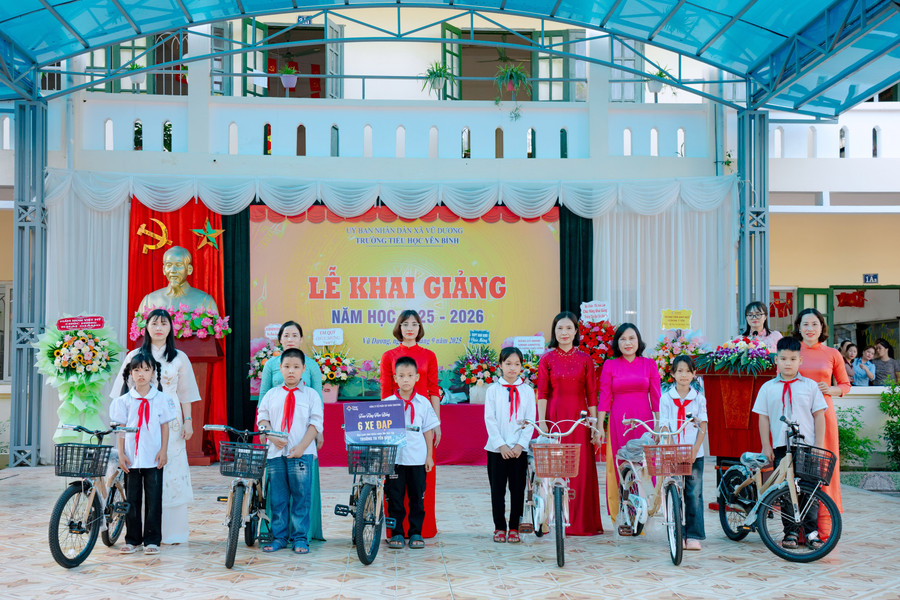
However, in reality, there are still many shortcomings. The budget allocation mechanism is still scattered and not closely linked to the quality and efficiency of output. The difference in access to education between regions and target groups still exists. Some places have not invested synchronously, leading to the situation of degraded schools and lack of teaching equipment. In addition, the mobilization of social resources for education is still limited and not commensurate with the potential.
Faced with new requirements of innovation, industrialization, modernization and international integration, Resolution 71-NQ/TW emphasized: it is necessary to fundamentally innovate financial and investment mechanisms and policies, considering this a breakthrough to improve quality, efficiency and fairness in education and training.
Major orientations in financial mechanism innovation
Firstly, increase state budget investment with focus and key points. The resolution requires prioritizing fundamental areas such as preschool education, universal education, as well as investment in disadvantaged areas, ethnic minority areas, and islands.
Ms. Ha Lan Anh, Vice Chairwoman of Ninh Binh Provincial People's Committee emphasized: "The province always prioritizes resources, increases investment in facilities and teaching equipment for educational institutions in the direction of synchronization, modernization, and meeting national standards. Along with that is the requirement to use resources effectively, avoiding dispersion and waste."
Second, innovate the mechanism for allocating and using funds in a public and transparent manner, closely linked to training outputs and quality.
Third, diversify investment resources for education.
Mr. Nguyen Tien Dung, Director of the Department of Education and Training of Ninh Binh said: " Along with the state budget, schools have actively mobilized contributions from businesses, alumni and people to invest in facilities and teaching equipment, creating motivation to improve the quality of comprehensive education."
Over the years, Ninh Binh province has always spent more than 18% of its total budget on education and training. To date, the whole province has achieved 100% of primary schools meeting the standards of universal education level 3. In the 2024-2025 school year alone, the education sector has mobilized tens of billions of VND from businesses, social organizations and alumni to invest in facilities and teaching equipment. Along with that, many support policies for students in disadvantaged areas continue to be maintained, contributing to ensuring fairness in access to education.
Fourth, expand the autonomy mechanism for educational and training institutions.
Fifth, build strong enough incentive mechanisms and policies to attract investment, especially in the non-public education sector.
According to Ms. Ha Lan Anh, Vice Chairwoman of Ninh Binh Provincial People's Committee: "The province encourages the development of non-public educational institutions, especially high-quality private schools, to meet the increasingly diverse needs of the people and in line with the socio -economic development orientation."
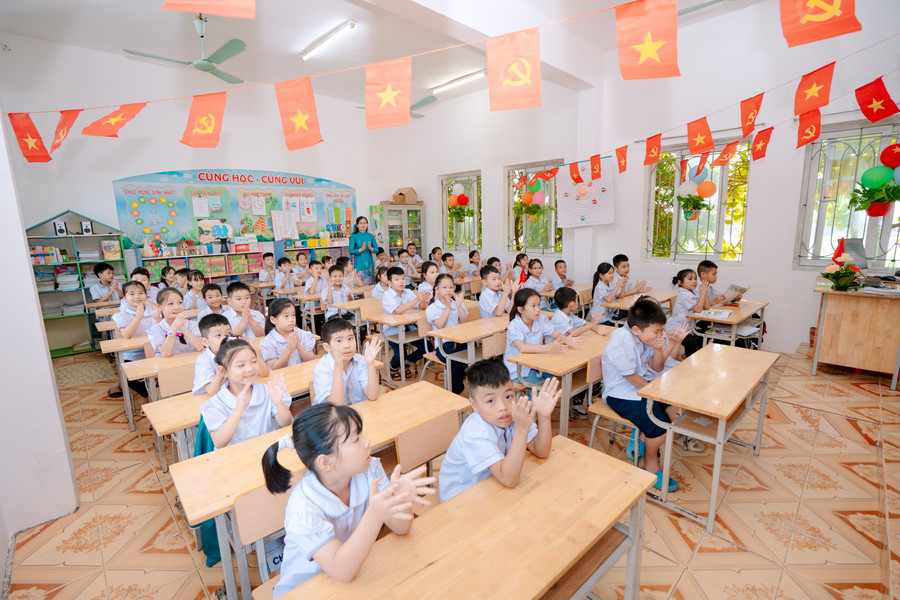
Towards a fair, modern and integrated education
One of the important messages of Resolution 71-NQ/TW is: investing in education is investing in sustainable development. Reforming the financial mechanism is not simply adjusting the budget, but changing the approach, in which education is considered the cause of the whole society.
Innovation in financial and investment mechanisms and policies will bring about long-term impacts. First of all, it contributes to improving the quality of teachers and educational administrators. At the same time, students have more conditions to access a better and fairer learning environment. In addition, innovation in financial mechanisms also encourages educational institutions to promote creativity, responsibility and stronger integration with the region and the world.
In the context of the fourth industrial revolution, the demand for high-quality human resources is increasingly urgent. Therefore, ensuring financial resources for education is not only a social policy, but also a national development strategy.
By innovating the financial and investment mechanism, the education sector will have more conditions to overcome regional imbalances, narrow the gap in learning opportunities, and gradually build a fair and comprehensive education system. At the same time, expanding autonomy and socialization will promote dynamism and creativity, contributing to integrating Vietnamese education with international standards.
From practice, it can be affirmed that when the financial mechanism is synchronously innovated and resources are allocated fairly and transparently, education and training will have strong development, becoming a solid pillar for the cause of building and defending the Fatherland.
Resolution 71-NQ/TW has set out a strategic vision, affirming the Party's determination to prioritize investment in education. Innovation in financial and investment mechanisms and policies is the key to sustainable development of Vietnam's education, meeting the requirements of the new era.
Source: https://giaoducthoidai.vn/hien-thuc-hoa-nghi-quyet-71-tu-doi-moi-co-che-tai-chinh-trong-giao-duc-post747618.html




![[Photo] Hanoi morning of October 1: Prolonged flooding, people wade to work](https://vphoto.vietnam.vn/thumb/1200x675/vietnam/resource/IMAGE/2025/10/1/189be28938e3493fa26b2938efa2059e)



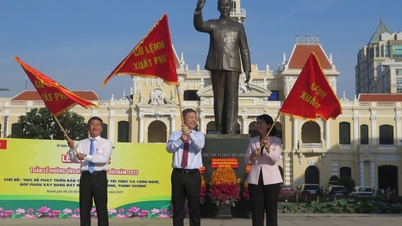



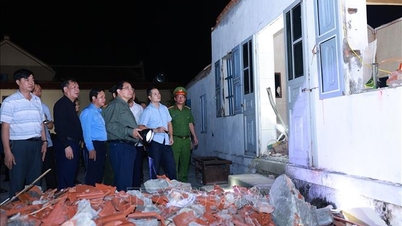
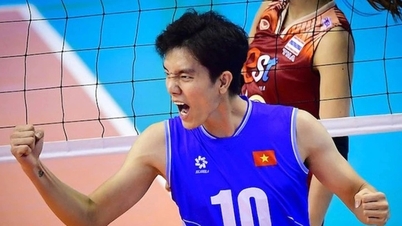




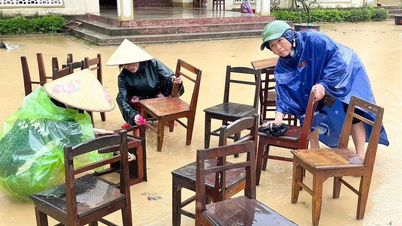


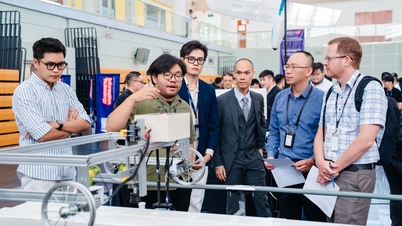
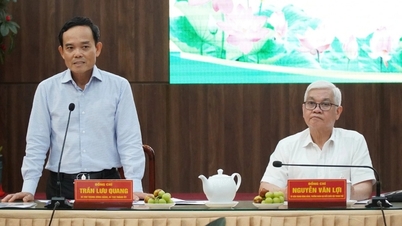
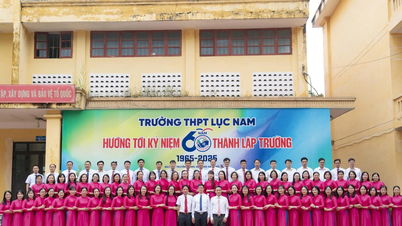
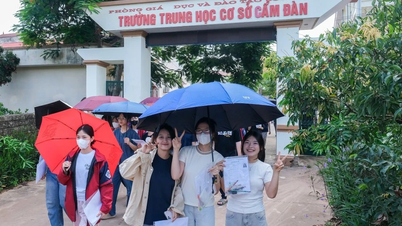




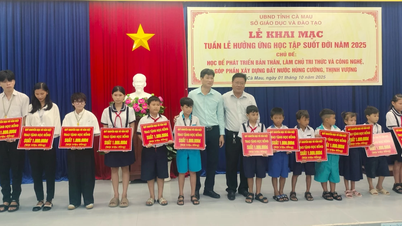



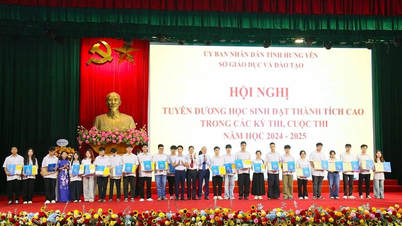
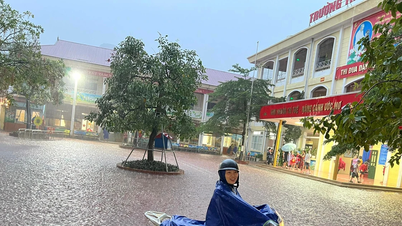
![[Photo] President Luong Cuong receives President of the Cuban National Assembly Esteban Lazo Hernandez](https://vphoto.vietnam.vn/thumb/1200x675/vietnam/resource/IMAGE/2025/9/30/4d38932911c24f6ea1936252bd5427fa)
![[Photo] Panorama of the cable-stayed bridge, the final bottleneck of the Ben Luc-Long Thanh expressway](https://vphoto.vietnam.vn/thumb/1200x675/vietnam/resource/IMAGE/2025/9/30/391fdf21025541d6b2f092e49a17243f)






















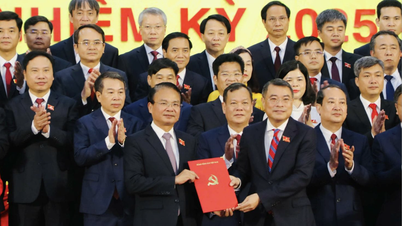

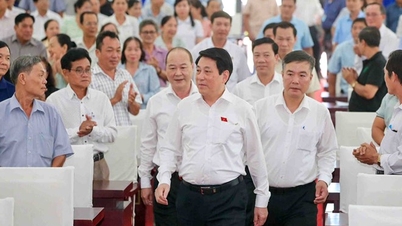


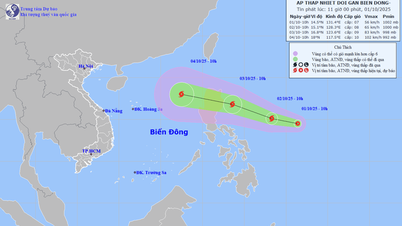
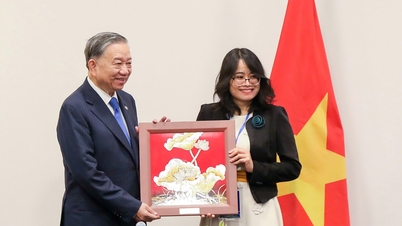







![[Infographics] An Giang economic picture in the period 2020 - 2025](https://vphoto.vietnam.vn/thumb/402x226/vietnam/resource/IMAGE/2025/10/1/093e29084648496c82a22536f5384c21)

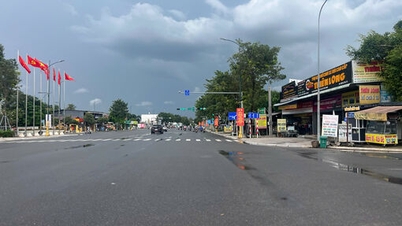

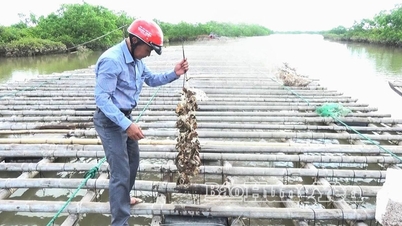

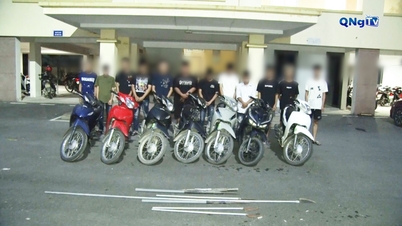
















Comment (0)